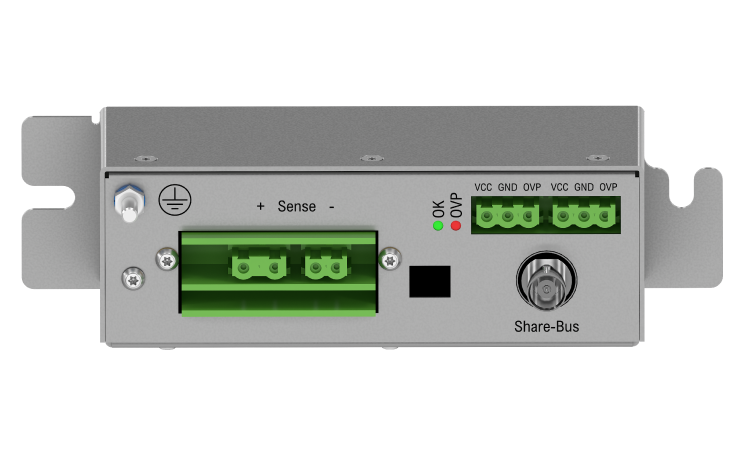Contact us
Call us at
Available 6:00 AM – 5:00 PM (PST) Business Days
Download
Download Manuals, Datasheets, Software and more:
Feedback
EA-SCB Serial Connection Box
Designed for seamless series connection of power devices up to 3000 V DC, the SCB enables efficient, reliable, and compact power transmission across railway, aviation, and renewable energy sectors. The SCB empowers engineers to meet modern energy demands with confidence and flexibility.
Empowering High-Voltage Demands
HVDC solutions for a wide application range.
As technology advances, the demand for smarter, stronger power solutions grows. High-voltage DC (HVDC) systems in rail, renewable energy, and aviation are pushing the limits of performance.
EA Elektro-Automatik’s Serial Connection Box is built to meet this challenge—delivering the voltage, reliability, and efficiency modern industries need to thrive.
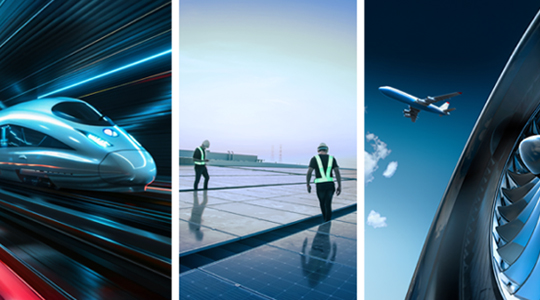
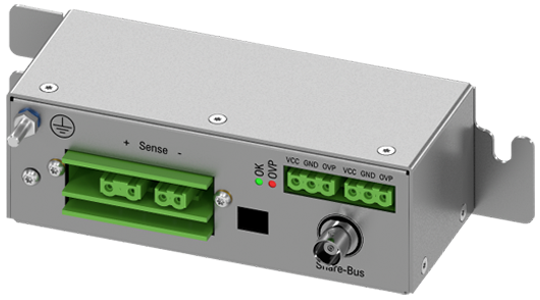
For series-connected devices
Devices from EA Elektro-Automatik can be connected in series to meet the demand of higher voltages up to 3000 V DC. To ensure the safety, the use of the Serial Connection Box (SCB) is necessary. The SCB protects the devices in series connection from exceeding the specified insulation voltage, ensuring safe operation. In addition, EA’s systems can be used flexibly with the help of the SCB.
The devices can be used individually or connected in series. For example, two parallel-connected groups can be connected in series to create systems with high voltage and high power to meet corresponding market requirements.
Choose an EA-SCB Serial Connection Box model to get a quote
| Series | Voltage Rating | Max # of Devices to Connect | Max System Voltage | Data Sheet | |||||||||||||||||||||||||||||||||||||
|---|---|---|---|---|---|---|---|---|---|---|---|---|---|---|---|---|---|---|---|---|---|---|---|---|---|---|---|---|---|---|---|---|---|---|---|---|---|---|---|---|---|
| EA-SCB | 0–360 V up to 0–1500 V | 2–3 | 1000 V–3000 V | View Datasheet | |||||||||||||||||||||||||||||||||||||
|
|||||||||||||||||||||||||||||||||||||||||
Let us help you find the right EA product for your needs!
Contact us for pricing or questions.
Contact SalesHVDC Systems
Unique advantages for important cross-industry applications
One of the most significant advancements addressing the needs of efficient, reliable, high-capacity power transmission and distribution is the development and implementation of high voltage direct current (HVDC) systems. Unlike traditional alternating current (AC) systems, which have been the backbone of electrical infrastructure for over a century, DC high voltage systems offer unique advantages that are becoming increasingly essential in various applications across multiple industries.
Higher voltage systems reduce resistive losses in the electrical distribution system. Power losses due to resistance are proportional to the square of the current (P_loss = I² × R). By reducing the current through higher voltage, these resistive losses are minimized, leading to more efficient power transmission.
The adoption of HVDC systems is evident in several key areas like railway, aviation and renewable energy systems.
Advantages of HVDC systems:
- Minimized resistive losses through higher voltage and reduced current flow
- Lower heat generation in wiring and components
- Improved performance and reliability of electrical systems due to reduced heat
- Enhanced safety and longevity of electrical components through lower heat levels
- Reduced electromagnetic interference (EMI) in signaling and communication systems
- Weaker electromagnetic fields due to lower current, decreasing potential interference issues
Railway
Reduced infrastructure costs. Higher overall energy efficiency.
Many railway systems worldwide utilize standardized high-voltage levels for electrification, commonly 1500 V DC, 3000 V DC, 15000 V AC, and 25000 V AC. The 3000 V DC system is widely used, balancing efficiency with infrastructure demands to support high-speed and heavy-load transport over long distances, particularly benefiting suburban and interurban rail networks, as well as light rail and trams.
Higher voltages reduce current requirements for power delivery, enabling the use of thinner, lighter conductors and lowering infrastructure costs for catenary wires and substations. This also improves overall energy efficiency, reducing operational costs and environmental impact.
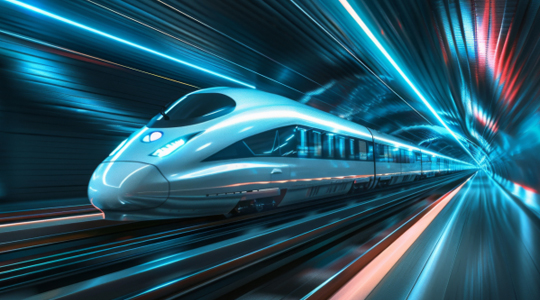
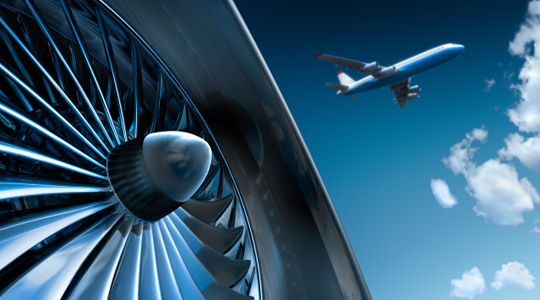
Aviation
Lighter aircraft. Greater energy efficiency.
As the aviation industry moves towards more electric and hybrid-electric aircraft, HVDC systems are becoming essential for efficiency, safety, and future innovation. High voltage supports high-power systems like electric environmental controls (eECS) for air conditioning and pressurization, as well as electric propulsion in hybrid or fully electric aircraft, typically between 1000V DC and 3000V DC.
Using high voltage reduces current requirements, enabling thinner, lighter wiring, which lowers aircraft weight. This is critical for power efficiency and aligns with the industry’s push for sustainable, next-generation aircraft solutions.
Renewable Energy Systems
Minimal transmission losses. Effective energy storage. Distance-independent power transmission.
The rise of renewable energy has accelerated HVDC adoption, benefiting large-scale photovoltaic installations and advanced battery energy storage systems (BESS) with efficient power transmission and reduced losses. High voltages in solar installations minimize transmission losses to inverters or storage, while BESS use HVDC for effective energy storage and retrieval.
HVDC also enables long-distance power transmission, integrating remote renewable sources into the grid and supporting cross-border power exchange.
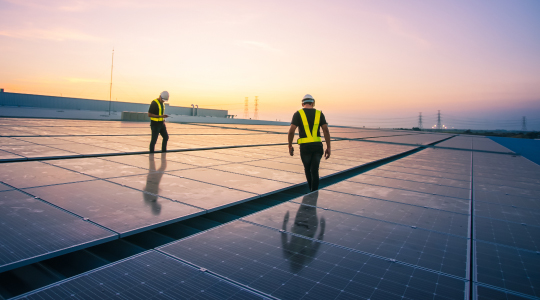
Choose an EA-SCB Serial Connection Box model to get a quote
| Series | Voltage Rating | Max # of Devices to Connect | Max System Voltage | Data Sheet | |||||||||||||||||||||||||||||||||||||
|---|---|---|---|---|---|---|---|---|---|---|---|---|---|---|---|---|---|---|---|---|---|---|---|---|---|---|---|---|---|---|---|---|---|---|---|---|---|---|---|---|---|
| EA-SCB | 0–360 V up to 0–1500 V | 2–3 | 1000 V–3000 V | View Datasheet | |||||||||||||||||||||||||||||||||||||
|
|||||||||||||||||||||||||||||||||||||||||


